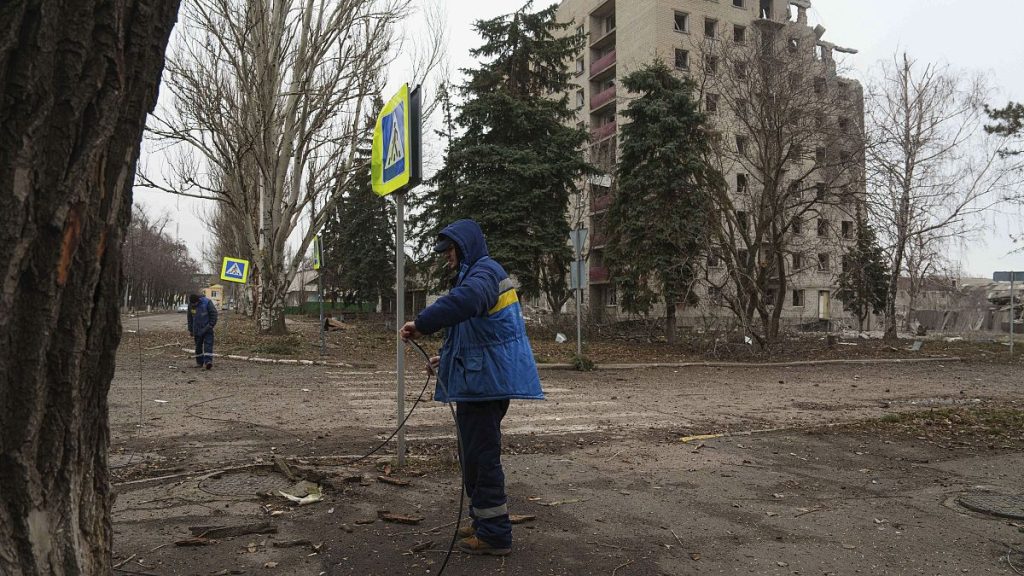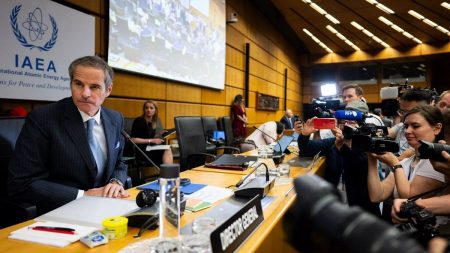The escalating conflict between Russia and Ukraine has witnessed a surge in cross-border attacks, with Ukrainian forces targeting Russian fuel and energy infrastructure deep within Russian territory. A recent incident involved a drone strike on the Stalnoi Kon oil terminal in Russia’s Oryol region, marking the second such attack on the facility in just over a week. This attack, part of a broader Ukrainian offensive against Russian logistical hubs, ignited a massive fire at the depot, vividly captured in video footage shared by independent news outlets and Ukrainian officials. While Russian authorities downplayed the extent of the damage, Ukrainian sources claimed the depot plays a critical role in supplying Russian forces operating in Ukraine and southern Russia, including the strategically important Kursk region.
The attack on the Oryol fuel depot underscores Ukraine’s evolving strategy of disrupting Russian military operations by targeting critical infrastructure far beyond the immediate front lines. This approach aims to degrade Russia’s ability to sustain its war effort by disrupting fuel supplies and potentially impacting troop movements and logistical support. The repeated targeting of the Stalnoi Kon terminal, in particular, suggests a concerted effort to cripple this key fuel hub, highlighting its vulnerability to drone attacks. The incident also demonstrates the increasing range and effectiveness of Ukrainian drone operations, posing a significant challenge to Russian air defenses.
The drone strike on the Oryol fuel depot occurred against the backdrop of escalating tensions and retaliatory actions between both sides. Just days prior, Russia launched a series of devastating attacks on Ukraine’s energy grid, further crippling the country’s already fragile infrastructure and threatening widespread power outages as winter intensifies. These attacks on civilian energy infrastructure have drawn international condemnation, being viewed as a deliberate attempt to inflict hardship on the Ukrainian population. The escalating cycle of attacks and counter-attacks reflects the deepening animosity and the increasingly precarious nature of the conflict.
The Ukrainian drone strikes on Russian territory have elicited strong reactions from Moscow, with President Putin vowing to retaliate against such attacks. Following a drone attack on residential buildings in Kazan, the capital of Tatarstan, Putin asserted that Russia would respond with disproportionate force, signaling a potential escalation of the conflict. While details of the planned retaliation remain unclear, the statement underscores Russia’s sensitivity to attacks on its own soil and its determination to deter further Ukrainian incursions. This rhetoric of retaliation raises concerns about the potential for a further escalation of the conflict, with both sides engaging in increasingly aggressive actions.
The repeated Ukrainian drone strikes on Russian fuel depots, particularly the Stalnoi Kon terminal, represent a significant development in the ongoing conflict. These attacks demonstrate Ukraine’s increasing capability to project power deep within Russian territory, targeting critical infrastructure and disrupting Russian military logistics. Furthermore, they highlight the vulnerability of Russian supply lines and the potential for such attacks to impact the course of the war. The escalating cycle of attacks and counter-attacks, including Russia’s strikes on Ukrainian energy infrastructure and Putin’s vow of retaliation, underscores the deepening hostility and the potential for further escalation of the conflict.
The strategic implications of these cross-border attacks extend beyond the immediate tactical gains. Ukraine’s ability to strike targets within Russia not only disrupts logistical operations but also serves a symbolic purpose, demonstrating resilience and a willingness to take the fight to the enemy. These attacks also put pressure on the Russian government, forcing it to divert resources to defend its own territory and potentially impacting public morale. As the conflict continues, the effectiveness and frequency of such cross-border attacks will likely play an increasingly important role in shaping the strategic dynamics of the war, raising the stakes for both sides and increasing the risk of further escalation.














